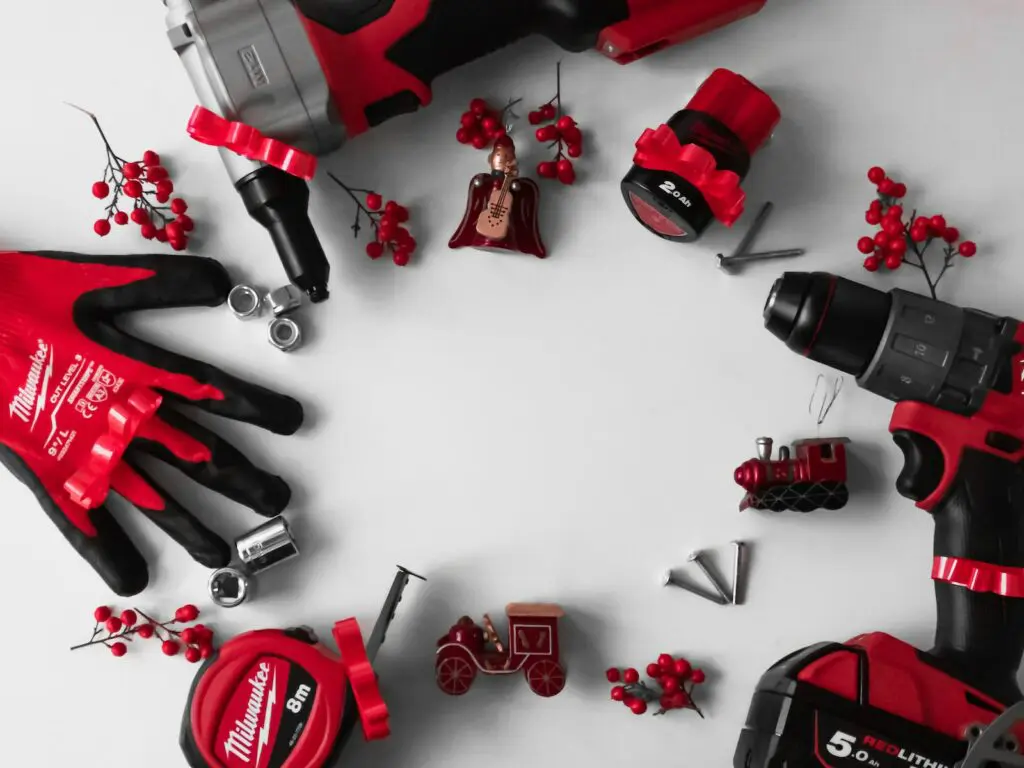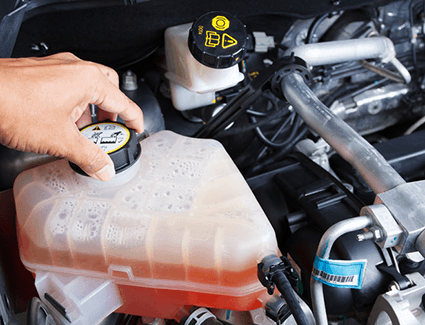Bolts and screws are an essential part of any structure or machine. They hold everything together and are responsible for keeping everything in place. However, over time, these bolts and screws can become loose due to various reasons such as vibration, temperature changes, and wear and tear. A loose bolt or screw can cause significant damage to the structure or machine, which is why it is important to check and tighten them regularly.
Purpose
The purpose of checking and tightening bolts and screws is to ensure that they are securely fastened and are not causing any damage to the structure or machine. Loose bolts and screws can cause a lot of problems such as misalignment, reduced efficiency, and even failure of the structure or machine. By regularly checking and tightening bolts and screws, you can prevent these problems from occurring and prolong the life of the structure or machine.
Benefits
There are many benefits to checking and tightening bolts and screws. The most obvious benefit is that it prevents damage to the structure or machine. When bolts and screws are loose, they can cause misalignment and increased wear and tear on other parts. Tightening them can prevent these problems from occurring. Additionally, checking and tightening bolts and screws can improve the efficiency of the structure or machine. Loose bolts and screws can cause friction and drag, which can reduce the efficiency of the structure or machine. Tightening them can eliminate this friction and drag, improving the efficiency of the structure or machine.
Step-by-Step Guide
- Gather the necessary tools: To check and tighten bolts and screws, you will need a set of wrenches or sockets, a torque wrench, and a screwdriver.
- Locate the bolts and screws: Begin by locating all the bolts and screws that need to be checked and tightened. Make sure to check all the critical points such as joints, connections, and supports.
- Check the tightness: Use your wrenches or sockets to check the tightness of each bolt and screw. If a bolt or screw is loose, it will be easy to turn with your hand.
- Tighten the bolts and screws: Use your wrenches or sockets to tighten each bolt and screw. Make sure to use the correct size wrench or socket for each bolt and screw.
- Use a torque wrench: After tightening each bolt and screw, use a torque wrench to ensure that they are tightened to the correct torque.
- Repeat the process: Repeat the process for all the bolts and screws. Make sure to check and tighten each bolt and screw at least once a month.
Precautions
- Use the correct size wrench or socket: Using the wrong size wrench or socket can damage the bolt or screw, making it difficult to remove or tighten in the future.
- Do not over tighten: Over tightening can cause damage to the threads and can also cause the bolt or screw to break.
- Use a torque wrench: Using a torque wrench will ensure that each bolt and screw is tightened to the correct torque.
In conclusion
Regularly checking and tightening bolts and screws is an essential part of maintaining the integrity of any structure or machine. It prevents damage, improves efficiency, and prolongs the life of the structure or machine. By following the steps outlined in this guide, you can easily check and tighten bolts and screws and ensure that everything is secure and running smoothly. Remember to use the correct tools, don’t over tighten, and use a torque wrench to ensure that each bolt and screw is tightened to the correct torque.






